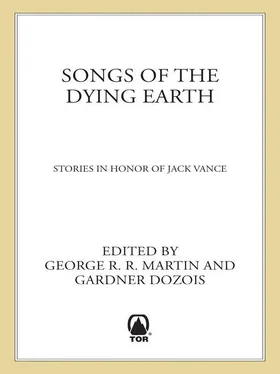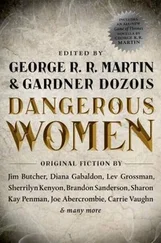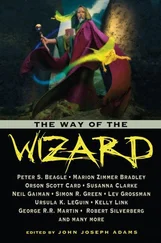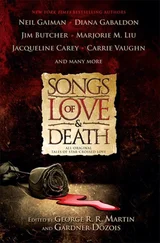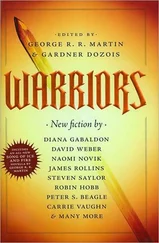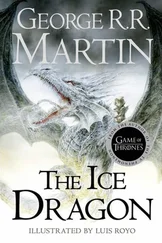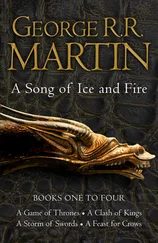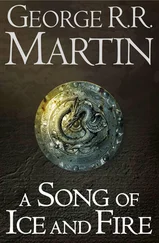He pinned the drawing within the frame — it fit perfectly. It made him feel at home, as if he had a place there.
He noticed too, that as the night had darkened, the walls of the room it had begun to glow with the faintest of blue lights, which intensified as the outside grew blacker. He looked from the office-room and the whole Museum glowed likewise
He found a writing instrument and pages of foolscap, cleared a space on the desk, and began to write on the topmost sheet:
THE TRUE. AUTHENTIC HISTORY
OF OUR SUN
By Tybalt, “Frogskin Cap”
Curator of the Museum of Man

He had worked through most of the night. The walls were fading as a red glow tainted eastwards.
Tybalt stretched himself. He had barely begun outlining the main sequence of the birth, growth, senescence, and death of stars. Enough for now; there were books to consult; there was food to find. He was famished, having finished some parched corn he’d gotten at the last farmhouse before coming to the woods that led to the Museum of Man, late the afternoon before. Surely there was food somewhere hereabouts.
He went outside the green porcelain Museum and turned to face the East.
The darkened Sun rose lumpy as a cracked egg. Straggly whiskers of fire stood out from the chins of the Sun, growing and shortening as he watched.
A curl of fire swept up out of the top of the sphere, and the surface became pocked and darkened, as if it had a disease.
The Sun was having one of its bad days.

Afterword:
I remember sitting in a green and white lawn chair under a magnolia tree (at the only house I ever lived in that had one) in the summer of 1962, reading Jack Vance’s The Dying Earth .
I would read on those unairconditioned summer mornings til it got too hot, then walk two miles to the municipal swimming pool and swim all afternoon, return home, eat something, then go to my seven-day-a-week, 5-hours-a-night job at a service station, being somewhere between a Johannes Factotum and a grease monkey.
The edition I read was the one I have now, “The Lancer Science Fiction Library Limited Edition” second printing of the book from 1962, and the first generally available. (My friend Jake Sanders was a Jack Vance collector, having many of the original appearances of Vance’s works in Thrilling Wonder and Startling Stories : he had a first printing (by Hillman, publisher of Airboy Comics!) of Jack Vance’s The Dying Earth .
I had remembered the Lancer edition as having rounded corners (a trick of memory; Avon paperbacks had rounded corners in the early 1960s, not Lancer.)
Bibliographic anomalies aside, Lancer had done the world a favor by bringing an ignored classic back into print 12 years after its first printing.
I remember entering that world of magicians, madmen, strange plants, and beautiful unattainable women as if it were happening to my circumscribed life, which I saw as stretching out forward in time, forever, to my 16-year-old mind.
Vance probably started some of the stories that composed The Dying Earth while on leaky tubs in the Atlantic or Pacific in the merchant marine during VWII. His imagination found a way of transcending his circumstances — while other SF writers were still reeling from, and writing about, man-made nuclear disasters, Vance looked beyond to a time when the Earth, the Sun, and the Universe had grown old, and mankind found its own ways to deal with it.
Rereading The Dying Earth , with one eye full of blood, flat on my back in a VA hospital, was a revelation. It was a different book; it had grown in its implications. (Part of this I attribute to my growth as a person in the intervening 46 years; partly to the depth of writing Vance put into the book.)
The Dying Earth is a fully-thought-out work of pure imagination. It spoke to me again (sad shape that I was in) across the years — it will continue to speak to people as long as books are read.
And every time someone new reads it, it will be a different book.
You can’t ask for more than that.
— Howard Waldrop
George R. R. Martin
A NIGHT AT THE TARN HOUSE
Hugo, Nebula, and World Fantasy Award-winner George R. R. Martin, New York Times bestselling author of the landmark A Song of Ice and Fire fantasy series, has been called “the American Tolkien.”
Born in Bayonne, New Jersey, George R. R. Martin made his first sale in 1971, and soon established himself as one of the most popular SF writers of the ’70s. He quickly became a mainstay of the Ben Bova Analog with stories such as “With Morning Comes Mistfall,” “And Seven Times Never Kill Man,” “The Second Kind of Loneliness,” “The Storms of Windhaven” (in collaboration with Lisa Tuttle, and later expanded by them into the novel Windhaven ), “Override,” and others, although he also sold to Amazing, Fantastic, Galaxy, Orbit , and other markets. One of his Analog stories, the striking novella “A Song for Lya,” won him his first Hugo Award, in 1975.
By the end of the ’70s, he had reached the height of his influence as a science fiction writer, and was producing his best work in that category with stories such as the famous “Sandkings,” his best-known story, which won both the Nebula and the Hugo in 1980 (he’d later win another Nebula in 1985 for his story “Portraits of His Children”), “The Way of Cross and Dragon,” which won a Hugo Award in the same year (making Martin the first author ever to receive two Hugo Awards for fiction in the same year) “Bitterblooms,” “The Stone City,” “Starlady,” and others. These stories would be collected in Sandkings , one of the strongest collections of the period. By now, he had mostly moved away from Analog , although he would have a long sequence of stories about the droll interstellar adventures of Havalend Tuf (later collected in Tuf Voyaging ) running throughout the ’80s in the Stanley Schmidt Analog , as well as a few strong individual pieces such as the novella “Nightflyers”—most of his major work of the late ’70s and early ’80s, though, would appear in Omni . The late ’70s and ’80s also saw the publication of his memorable novel Dying of the Light , his only solo SF novel, while his stories were collected in A Song for Lya, Sandkings, Songs of Stars and Shadows, Songs the Dead Men Sing, Nightflyers , and Portraits of His Children . By the beginning of the ’80s, he’d moved away from SF and into the horror genre, publishing the big horror novel Fevre Dream , and winning the Bram Stoker Award for his horror story “The PearShaped Man” and the World Fantasy Award for his werewolf novella “The Skin Trade.” By the end of that decade, though, the crash of the horror market and the commercial failure of his ambitious horror novel Armageddon Rag had driven him out of the print world and to a successful career in television instead, where for more than a decade he worked as story editor or producer on such shows as new Twilight Zone and Beauty and the Beast .
After years away, Martin made a triumphant return to the print world in 1996 with the publication in 1996 of the immensely successful fantasy novel A Game of Thrones , the start of his “Song of Ice and Fire” sequence. A free-standing novella taken from that work, “Blood of the Dragon,” won Martin another Hugo Award in 1997. Further books in the “Song of Ice and Fire” series. A Clash of Kings, A Storm of Swords, A Feast for Crows , and A Dance with Dragons (forthcoming), have made it one of the most popular, acclaimed, and bestselling series in all of modern fantasy. His most recent book are a massive retrospective collection spanning the entire spectrum of his career, GRRM: A Rretrospective , a novella collection, Starlady and Fast-Friend , a novel written in collaboration with Gardner Dozois and Daniel Abraham, Hunter’s Run , and, as editor, two new volumes in his long-running Wild Cards anthology series, Wild Cards: Busted Flush and Wild Cards: Inside Straight .
Читать дальше
